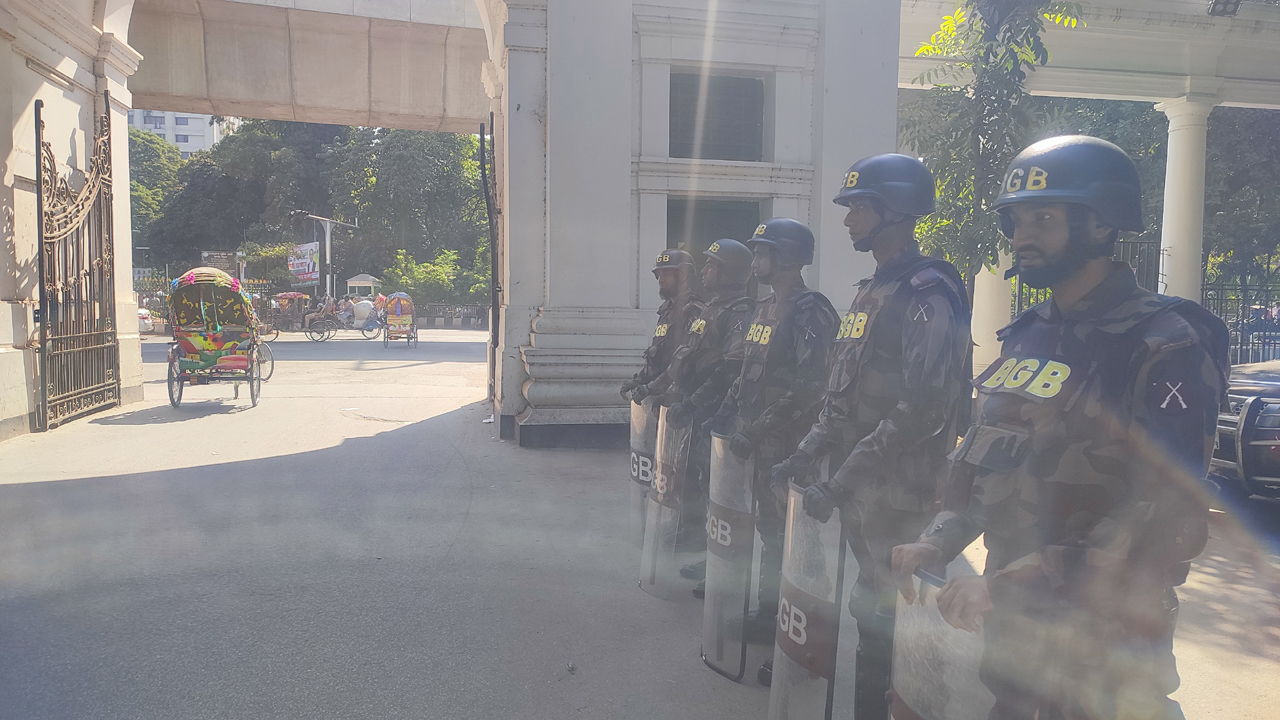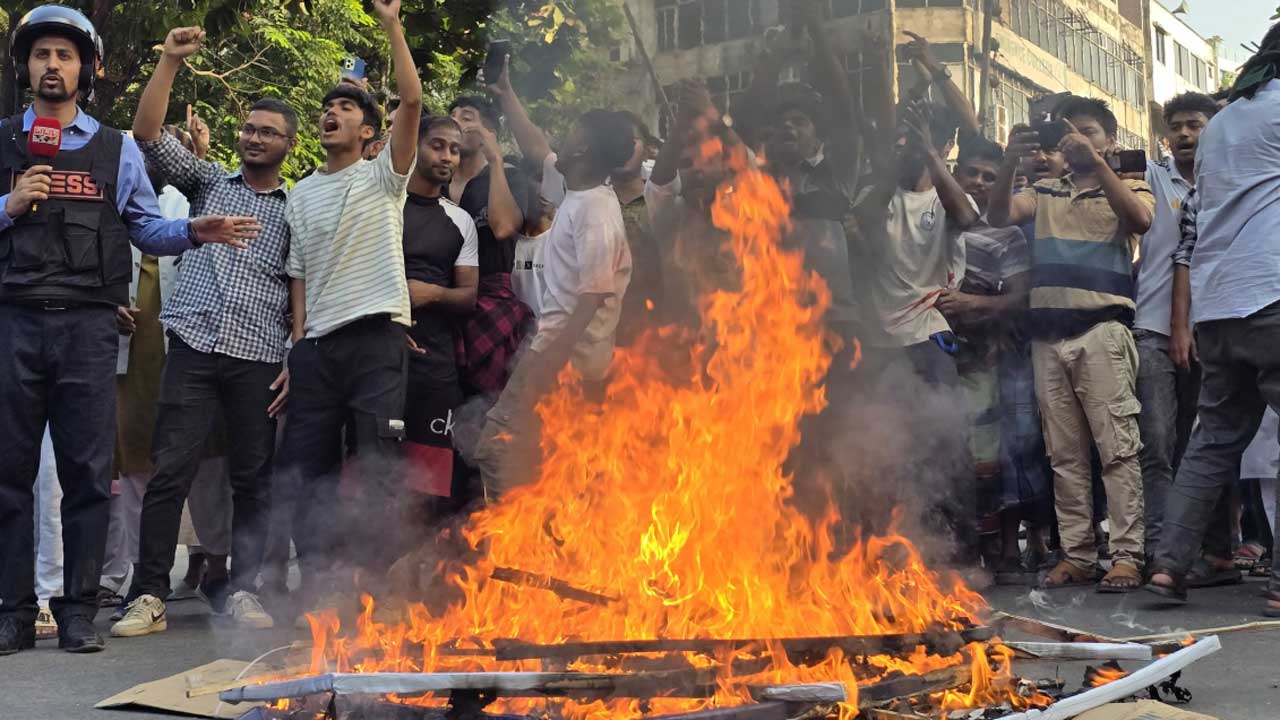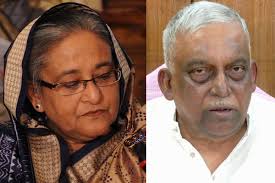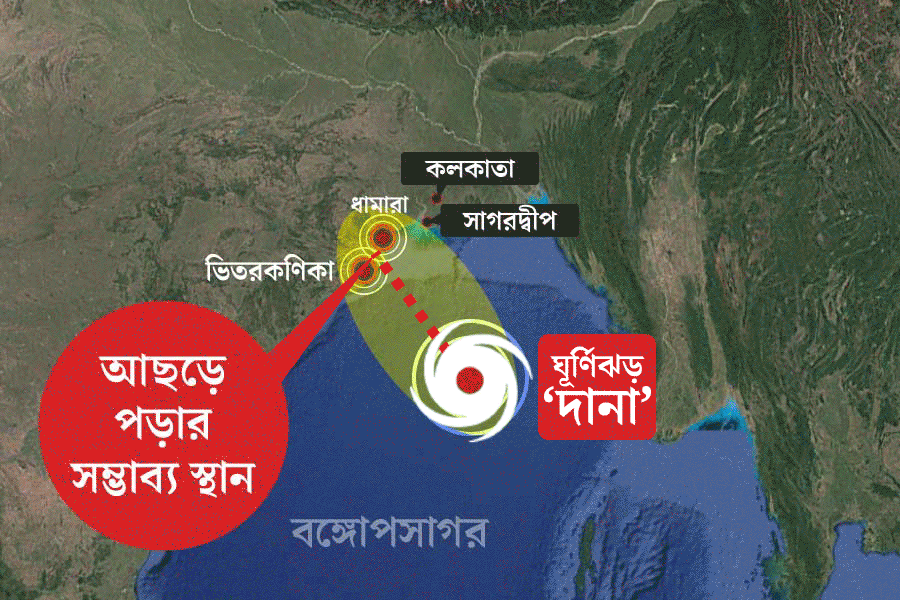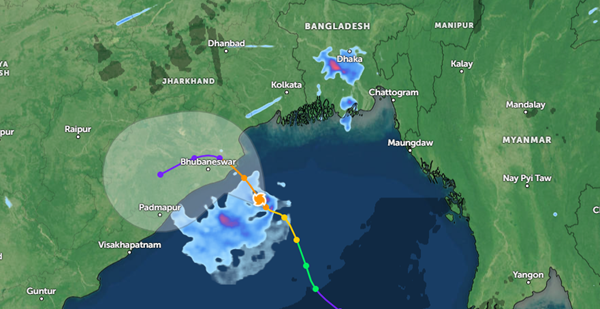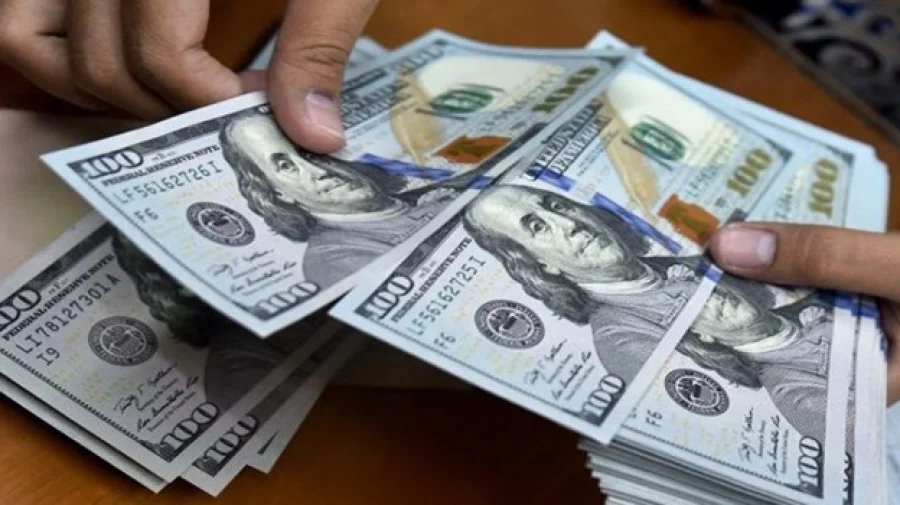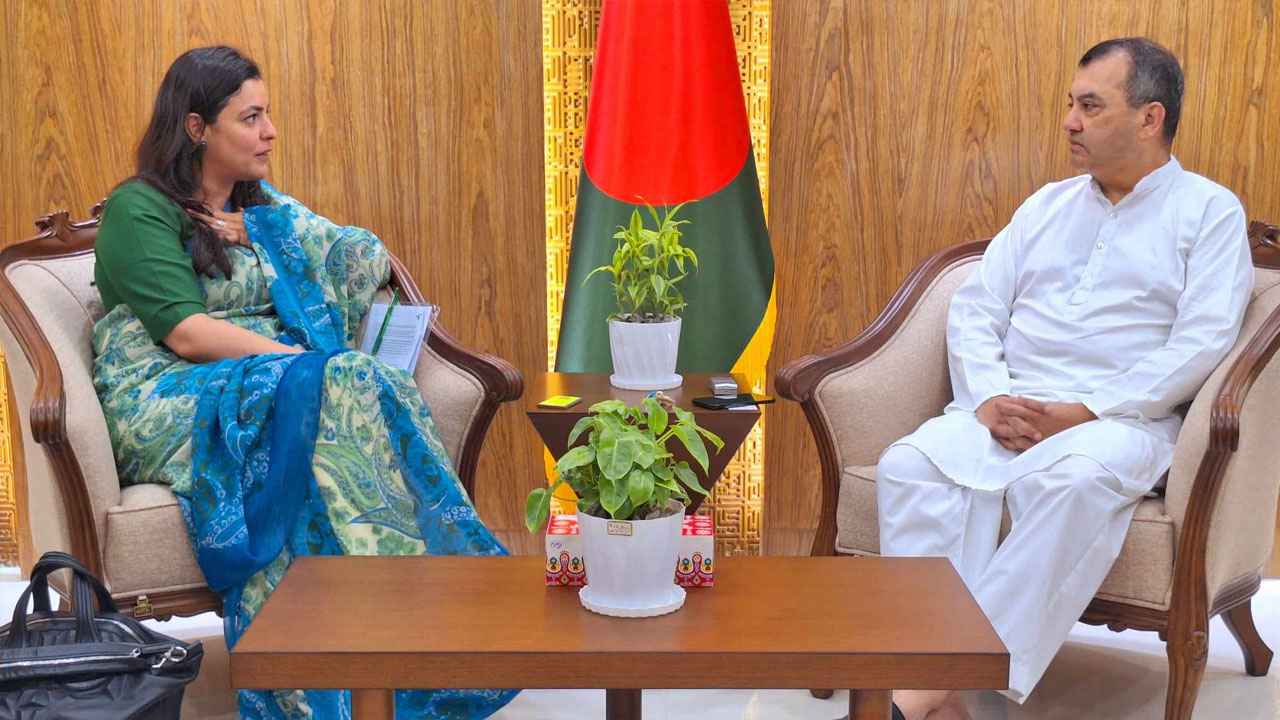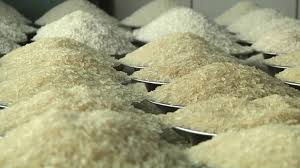
Global rice prices have fallen to their lowest level in eight years, a blow to many Asian farmers. Record production and the lifting of India's export ban have boosted supply, leading to lower prices.
Thailand's export price of 5 percent broken white rice is known as the benchmark in the world market. The price of this rice has recently fallen to $372.50 per ton. This is 26 percent lower than the last quarter of last year. It is also the lowest since 2017. But even though the price of rice in the world market has fallen, it has not had an impact on the domestic market.
The decline in rice prices began in September 2024, when India, the world's largest rice exporter, began gradually lifting export restrictions. This event had a major impact on the rice market. According to the Food and Agriculture Organization of the United Nations, the price index for all types of rice has fallen by 13 percent this year. News Financial Times (FT)
Samarendra Mohanty, director of the Center for Sustainable Agriculture and Development Studies at the Telangana State Agricultural University in India, told the FT that the issue is very simple: there is an excess supply in the market. Last year, India had a record rice production. This year too, there will be a record harvest.
However, the opposite picture was seen in early 2024. Then, when India imposed one export restriction after another, rice prices reached their highest level since 2008. Panic arose among consumers around the world. People started hoarding. Protectionist measures were also taken in other producing countries.
Rabobank senior analyst Oscar Tjakra said that India changed its export policy towards the end of the year as government warehouses filled up after record production in the 2023-24 season. Since then, the rush has started to ease. This is the main reason for the decline in rice prices. Along with this, global rice production reached a record level in the marketing season, as production in Thailand and Vietnam increased.
Another infallible rule of the market when it comes to falling prices is that demand is falling. Indonesia, a major rice buyer, imported in advance last year. They did not buy rice from the market in 2025. The Philippines has also stopped importing rice until October to protect domestic prices during the main harvest. Mohanty said, "There is no Indonesia, no Philippines—there is no buyer for white rice at the moment."
The FT reports that India's unusual supply is the result of advances in agriculture. Almost all of the country's main rice-growing regions are now irrigated, ensuring rice production is protected during droughts and erratic monsoon rains.
Analysts say that India has basically come out of its dependence on seasonal rains. As a result, the country's rice production has been secured. Farmers are now buying new seeds almost every season. This is increasing the yield. Apart from this, farmers are also interested in producing rice, encouraged by the Minimum Support Price (MSP) and state-based bonuses. That is, the range and production of rice is increasing. Farmers know that rice is the most profitable crop - there is MSP, there is bonus, and the risk is low. Due to these reasons, rice production in India has increased.
But in many Asian countries, farmers do not have such protections. So when prices fall, it has a major impact on their income. This, combined with high farming costs and inflationary pressures, is creating an even more difficult situation.
This price reduction is a relief for consumers. In countries that depend on rice imports, this price reduction will help reduce overall food inflation and pressure on household budgets. Rice prices have indeed come down a lot so far this year. But this is not the end; analysts believe that rice prices are likely to fall by up to 10 percent more. This is mainly due to the lack of buyers in the market.
According to Mohanty, India's government warehouses held about 60 million tons of rice in May this year—about 15 million tons more than the average stockpile in recent years. To free up space before the new crop arrives, New Delhi is selling rice on the domestic market and even for ethanol production.
Mohanty added, "We have entered a cycle of falling rice prices. Now, barring a war or some other major shock, this trend is unlikely to change in the next two years."
Rice prices are not decreasing in the country:
Meanwhile, despite the decline in the global rice market, the price of rice in the domestic market has been high for quite some time. In July, the price of all types of rice in the market increased by 5-6 taka per kg. Even during the peak rice season, the price in the domestic market has increased.
According to government data, after permission was granted to import rice on November 17, 2024, 10,34,879 metric tons of rice were imported till April 17, 2025. In addition, the harvest was also good during the Boro season. But despite this, the price of rice has not decreased, but rather is increasing.
Analysts say that the country is not self-sufficient in rice production. In that case, imports must be made at the right time so that demand-related pressure does not create a separate crisis in the rice market. If the supply is right, the opportunity for manipulation in the market is reduced. But rice import is generally prohibited in Bangladesh. The government imports rice with special permission. It is known that if imports are not made on time, opportunities for manipulation in the market are created.
Rice is the main food grain of the country's people. An increase in the price of rice has the greatest impact on inflation. Rice is a major expenditure item for poor families. That is why analysts believe it is important to keep the price of rice under control.

